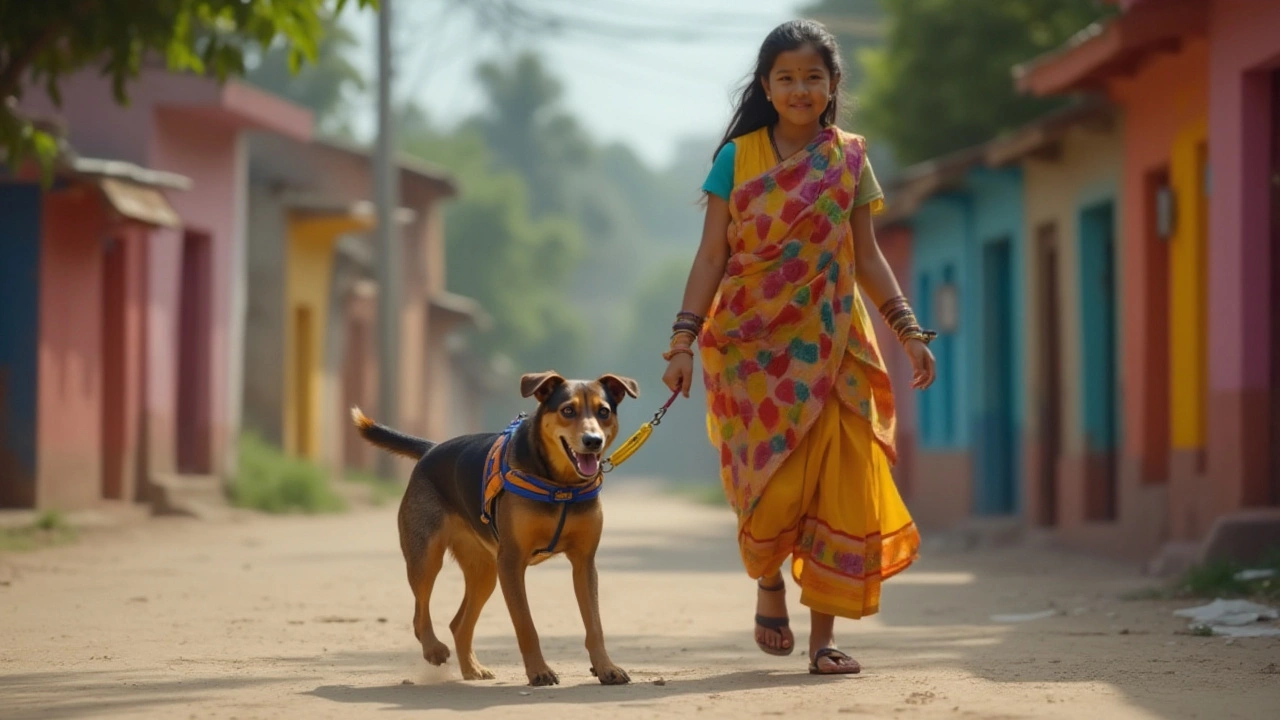Leash Pulling: Why Dogs Pull and How to Stop It
If your pup yanks you around every time you step outside, you’re not alone. Leash pulling is one of the most common walking problems, and it can turn a fun walk into a frustrating tug‑of‑war. The good news? You can change the habit with a few clear steps that work for most dogs.
Common Reasons Dogs Pull
First, understand why the behavior starts. Most dogs pull because they’re excited to explore. The world smells interesting, and they want to get there fast. Some dogs pull out of anxiety or fear—they’re trying to get away from something that scares them. A few pups have learned that pulling gets them what they want, like a quick sniff of a tree or a chance to chase a squirrel.
Another big factor is the equipment you use. A thin collar can slip, a harness that’s too loose can bounce, and a standard leash that’s too long gives the dog extra reach. When the gear doesn’t give you control, the dog naturally takes the lead.
Proven Techniques to Walk Loose
Start with the right gear. A front‑clip harness or a head halter gives you gentle control without hurting the dog. Pair it with a 4‑to‑6‑foot leash so you can stay close enough to guide the dog without letting them stretch too far.
Next, teach a “watch me” cue. Hold a treat near your face, say “watch,” and reward the dog when they look at you. Practicing this a few times a day builds focus. When the dog looks at you while you walk, you can easily steer them away from distractions.
Use the “stop and go” method: whenever the dog pulls, stop walking immediately. Stand still, wait until the leash is slack, then resume. The dog learns that pulling stops the walk, while walking loose keeps the adventure going.
Another simple trick is the “turn around” technique. If the dog lunges ahead, turn around and walk the opposite direction. Most dogs will follow, realizing that pulling leads them nowhere.
Practice short sessions in low‑distraction areas first. A quiet street or a backyard is ideal. Keep training sessions under five minutes and end on a good note with a treat and praise. Gradually add more distractions as the dog improves.
Consistency is key. All family members must use the same commands and equipment; otherwise the dog gets mixed signals and the habit returns.
Finally, give the dog plenty of exercise before the walk. A tired dog is less likely to pull because they have less excess energy to burn.
With the right gear, clear cues, and steady practice, leash pulling can become a thing of the past. Soon you’ll enjoy calm, relaxed walks where your dog stays by your side, and you both get the fresh air you love.

How to Stop Your Dog from Pulling on the Leash: Top Techniques and Tips
Many dog owners struggle with their pets pulling on the leash, which can turn walks into a battle of wills. By understanding why dogs pull and employing practical techniques, you can transform walks into a pleasant experience. From choosing the right collar to consistent training methods, there's a lot you can do to address this common issue. Patience and persistence are key, and these tips will help you achieve success.
read more



